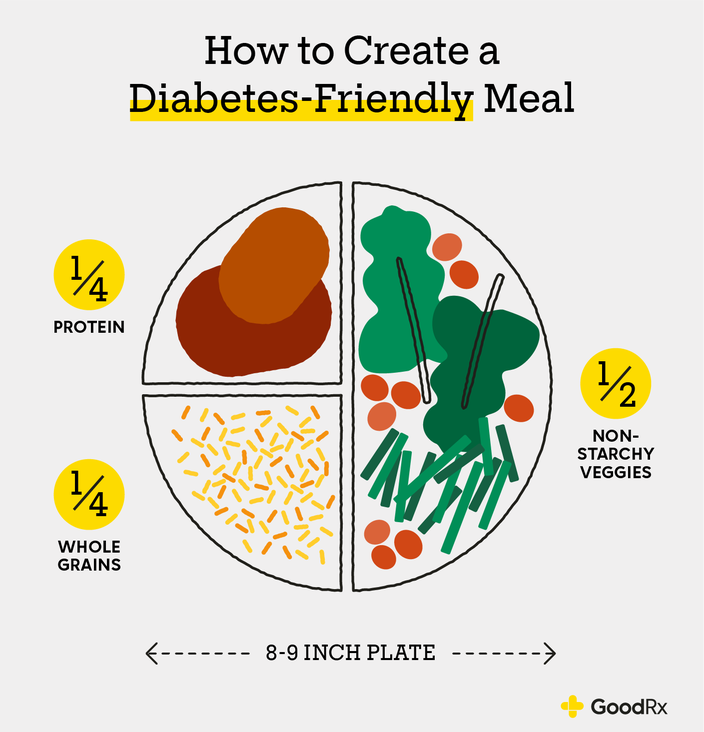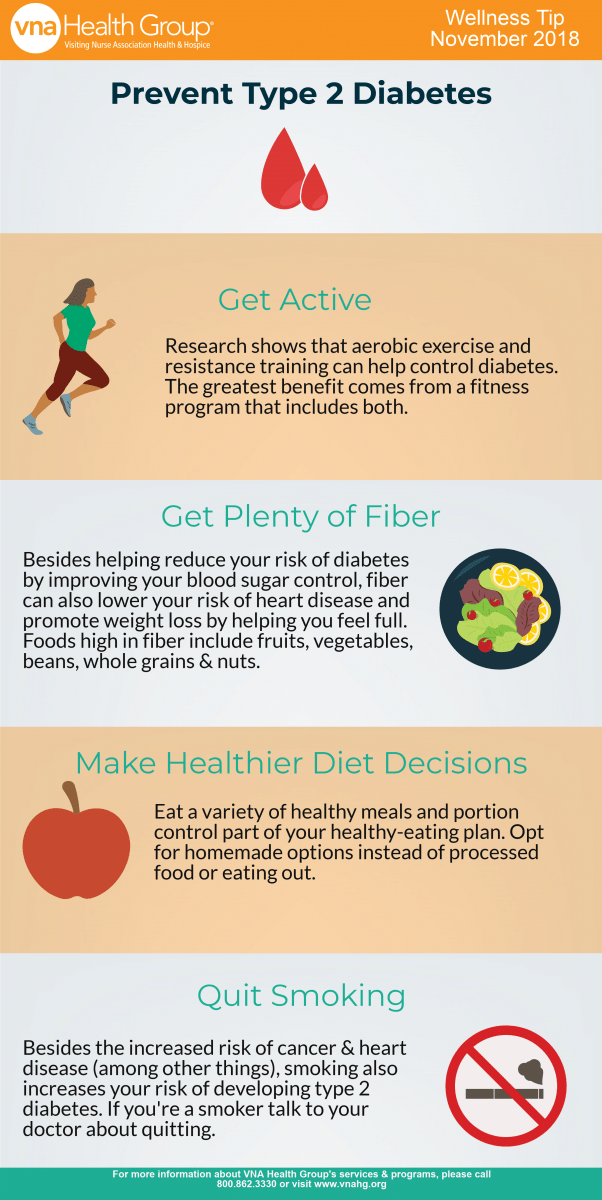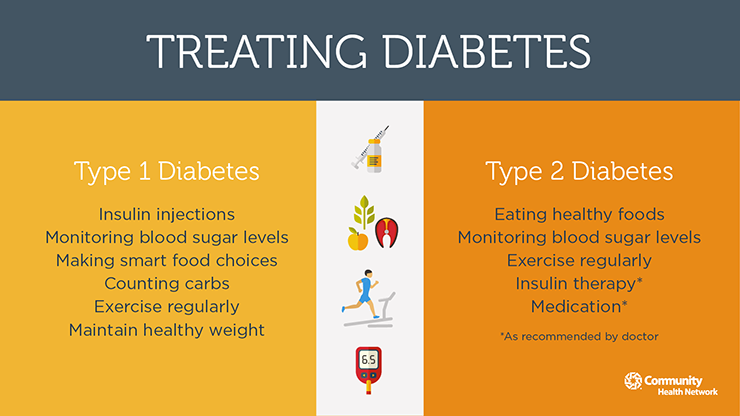Discover the revolutionary diet plan that has been scientifically proven to effectively manage and potentially reverse type 2 diabetes.
Table of Contents
Introduction to Type 2 Diabetes
Type 2 diabetes is a condition that affects how your body uses insulin to handle glucose, or sugar, in your blood. Insulin is a hormone that helps glucose enter your cells to provide them with energy. When you have type 2 diabetes, your body either doesn’t make enough insulin or can’t use it effectively. As a result, glucose builds up in your blood, leading to high blood sugar levels.
Understanding Type 2 Diabetes
Unlike type 1 diabetes, which is often diagnosed in children and teens, type 2 diabetes is more common in adults. It is sometimes called adult-onset diabetes. People with type 2 diabetes may still produce insulin, but their bodies develop a resistance to it over time. This means that insulin becomes less effective in lowering blood sugar levels, causing them to rise and stay high.
Why Blood Sugar Matters
Blood sugar is like fuel for your body. When your blood sugar levels are too high, it can cause various health problems, including damage to your heart, blood vessels, and nerves. By keeping your blood sugar levels within a healthy range, you can reduce the risk of developing complications associated with diabetes, such as heart disease and nerve damage.
Insulin Resistance Explained
Insulin resistance means that your body’s cells become less responsive to insulin’s signals, making it harder for glucose to enter them. As a result, your body has to produce more insulin to try to lower your blood sugar levels. Over time, this can lead to a cycle of high blood sugar and increased insulin production, which can further worsen insulin resistance.
Basics of a Diabetic Diet
A diabetic diet is a special eating plan designed to help people with type 2 diabetes manage their blood sugar levels. It focuses on eating foods that are low in sugar and carbohydrates to prevent spikes in blood sugar levels.
The Role of Diet in Managing Diabetes
What you eat plays a crucial role in managing diabetes because certain foods can affect your blood sugar levels. By following a diabetic diet, you can better control your diabetes and prevent complications.
Glycemic Index and Diabetes
When we talk about managing diabetes, one important factor to consider is the glycemic index of foods. The glycemic index, or GI for short, is a scale that ranks how quickly foods can raise our blood sugar levels. For people with diabetes, especially type 2 diabetes, knowing about the glycemic index can help make better food choices to control blood sugar levels and stay healthy.

Image courtesy of via Google Images
What is Glycemic Index?
The glycemic index is like a report card for different foods. It tells us how much a particular food will spike our blood sugar after we eat it. Foods with a high GI are those that can quickly raise blood sugar levels, while foods with a low GI cause a slower and more steady increase in blood sugar.
List of Low Glycemic Foods
For kids with diabetes, choosing low GI foods is essential to manage blood sugar levels effectively. Here’s a list of some low GI foods that can be included in a diabetic-friendly diet:
– Apples
– Carrots
– Lentils
– Greek yogurt
– Sweet potatoes
– Oatmeal
By selecting these foods with a low glycemic index, you can help keep your blood sugar levels more stable throughout the day. Remember, it’s not just about what you eat but also about how it affects your body and your health.
The Importance of Meal Planning
Meal planning is like making a roadmap for your eating habits. It helps you make sure you’re eating the right foods at the right times to keep your blood sugar levels steady. When you have Type 2 diabetes, planning your meals becomes even more important because it helps you manage your condition better.
Tips for a Balanced Diabetic Plate
Imagine your plate as a clock. Half of your plate should be filled with non-starchy vegetables like broccoli, spinach, or carrots. A quarter of your plate can have lean protein like chicken or tofu. The last quarter can have whole grains like brown rice or quinoa. This balanced plate can help you keep your blood sugar levels steady and make sure you’re getting all the nutrients your body needs.
Choosing the Right Snacks
Snacking can be an important part of a diabetic diet, especially when it comes to managing blood sugar levels. When choosing snacks, it’s essential to pick options that are low in added sugars and high in nutrients. Here are a few snack ideas that are not only delicious but also good for keeping your blood sugar in check:

Image courtesy of via Google Images
1. Fresh fruit, like apple slices or berries
2. Greek yogurt with a sprinkle of nuts
3. Carrot sticks with hummus
4. Air-popped popcorn
Snacking Do’s and Dont’s
Did you know that snacking can actually help regulate your blood sugar throughout the day? Here are some fun facts about what makes a good snack for managing blood sugar:
Do: Include protein in your snacks to help keep you fuller for longer and stabilize your blood sugar levels.
Don’t: Reach for sugary snacks like candy or soda, as they can cause spikes in your blood sugar.
Do: Opt for whole, unprocessed foods like nuts, fruits, and vegetables for healthier snack choices.
Don’t: Forget to pay attention to portion sizes, as even healthy snacks can impact your blood sugar if eaten in large quantities.
Hydration and Diabetes
Water plays a crucial role in managing diabetes. Staying hydrated helps to control blood sugar levels and can also prevent dehydration, a common issue in people with diabetes. When you drink enough water, it helps your kidneys flush out excess sugar through urine, which can help keep your blood sugar in check.
| Diet | Description | Benefits |
|---|---|---|
| Mediterranean Diet | A diet rich in fruits, vegetables, whole grains, fish, and healthy fats such as olive oil. | Improved blood sugar control, reduced risk of heart disease, and weight loss. |
| Low-Carb Diet | Restricts carbohydrate intake and focuses on consuming protein and healthy fats. | Lower blood sugar levels, weight loss, and improved insulin sensitivity. |
| Vegetarian/Vegan Diet | Eliminates animal products and relies on plant-based foods for energy. | Lower cholesterol levels, improved insulin sensitivity, and weight loss. |
| DASH Diet | Emphasizes whole grains, lean proteins, fruits, vegetables, and low-fat dairy. | Lower blood pressure, reduced risk of heart disease, and weight loss. |
Healthy Drinks
Aside from water, there are other drinks that are great for managing diabetes. These include unsweetened herbal teas, sugar-free flavored water, and low-fat milk. These beverages are much better choices than sugary sodas, which can cause blood sugar levels to spike. Remember, it’s important to stay away from sugary drinks as they can lead to unhealthy blood sugar levels.
Exercise and Its Impact on Diabetes
In addition to a healthy diet, exercise plays a crucial role in managing diabetes. By staying active, you can help your body become more sensitive to insulin and better able to regulate blood sugar levels.

Image courtesy of via Google Images
Types of Exercise for Kids
Exercise doesn’t have to be boring! There are plenty of fun activities that you can do to stay active and help control your diabetes. Dancing, playing tag, riding a bike, or even jumping rope are all great ways to get moving.
Exercise Tips
It’s important to try to get at least 60 minutes of physical activity every day. This can be spread out throughout the day and doesn’t have to be done all at once. Remember, staying active not only helps manage your diabetes but also keeps your body healthy and strong.
Avoiding Hidden Sugars
In our quest to manage blood sugar levels and follow a healthy diabetic diet, it’s essential to be mindful of hidden sugars in the foods we eat. Even seemingly innocent items can contain hidden sugars, which can spike blood sugar levels without us realizing it. Let’s dive into how we can identify these hidden sugars and make smarter choices.
Reading Food Labels
One of the best ways to spot hidden sugars is by reading food labels. Look out for ingredients like sucrose, fructose, glucose, and syrups, as these are all forms of sugar that can impact your blood sugar levels. The closer these ingredients are to the beginning of the list, the more of them the food contains.
Smart Food Choices
When choosing foods, opt for whole, unprocessed options whenever possible. Fresh fruits and vegetables, lean proteins, and whole grains are great choices that are typically lower in added sugars. Be cautious of packaged foods like cereals, sauces, and drinks, as they often hide sugar under different names.
By being vigilant about hidden sugars, you can better manage your blood sugar levels and stay on track with your diabetic diet. Making smarter food choices is a key step in taking control of your health and well-being.
Diabetes-Friendly Sweeteners
When looking for sweeteners that won’t cause a spike in blood sugar levels, natural options are your best bet. Some of these include:

Image courtesy of via Google Images
– Stevia: A plant-based sweetener that is much sweeter than sugar but does not affect blood sugar levels.
– Monk Fruit: Another natural sweetener that is low in calories and does not impact blood sugar.
– Erythritol: A sugar alcohol that tastes sweet but does not raise blood sugar levels.
When to Use Sweeteners
It’s essential to use sweeteners in moderation and in the right context when managing diabetes. Here are some tips:
– Use sweeteners sparingly in place of sugar to still satisfy your sweet tooth without affecting your blood sugar levels.
– Remember that even natural sweeteners can add up, so be mindful of your overall intake.
– Opt for whole fruits as a natural and healthier sweet option that comes with fiber and other essential nutrients.
Putting It All Together
In managing diabetes, it is crucial to understand the importance of a balanced and diabetic-friendly diet. By incorporating low glycemic foods, planning meals carefully, choosing smart snacks, staying hydrated, exercising regularly, avoiding hidden sugars, and using diabetes-friendly sweeteners wisely, you can effectively control your blood sugar levels and improve your overall health.
Remember that a diabetic diet is not about deprivation but about making thoughtful choices that support your well-being. By eating a variety of nutritious foods in appropriate portions and engaging in regular physical activity, you can successfully manage type 2 diabetes and lead a healthy life.
FAQs
Can I still have birthday cake?
Yes, you can still enjoy birthday celebrations and have a slice of cake even if you have diabetes. The key is moderation and balance. It’s important to be mindful of portion sizes and how the cake might affect your blood sugar levels. You can also consider sugar-free or low-sugar alternatives to traditional cakes. Remember, it’s okay to indulge occasionally, as long as you are aware and make thoughtful choices.
What can I eat at school?
Eating at school while managing diabetes can be possible with a little planning. Try packing a balanced lunch with a variety of foods, such as whole grains, fruits, vegetables, and lean proteins. Opt for nutrient-dense snacks like nuts, seeds, yogurt, or fresh fruit. Speak with your school nurse or cafeteria staff about your dietary needs to see if any accommodations can be made. It’s also a good idea to keep fast-acting glucose tablets or snacks on hand in case of low blood sugar episodes during the school day.





